From grand architectural wonders to bustling marketplaces, these cities are a living testament to India’s cultural heritage and the civilizations that have flourished on its soil.
In this article, we embark on a captivating journey through six ancient cities that offer a glimpse into India’s captivating past and the stories they have to tell.
Ancient Cities that Tell India’s Cities:
1. Varanasi: The Eternal City on the Ganges
Nestled along the banks of the holy Ganges River, Varanasi is one of the oldest continuously inhabited cities in the world. Known as Kashi, this spiritual hub has been a center of learning, religion, and culture for thousands of years.

The city’s labyrinthine alleys, ghats (steps leading to the river), and historic temples carry the weight of centuries, offering a window into the profound spiritual practices that have shaped India’s identity.
2. Hampi: A Lost Empire Amidst Boulders
Hampi, located in the state of Karnataka, is a UNESCO World Heritage site that transports visitors to the Vijayanagara Empire’s glorious past.
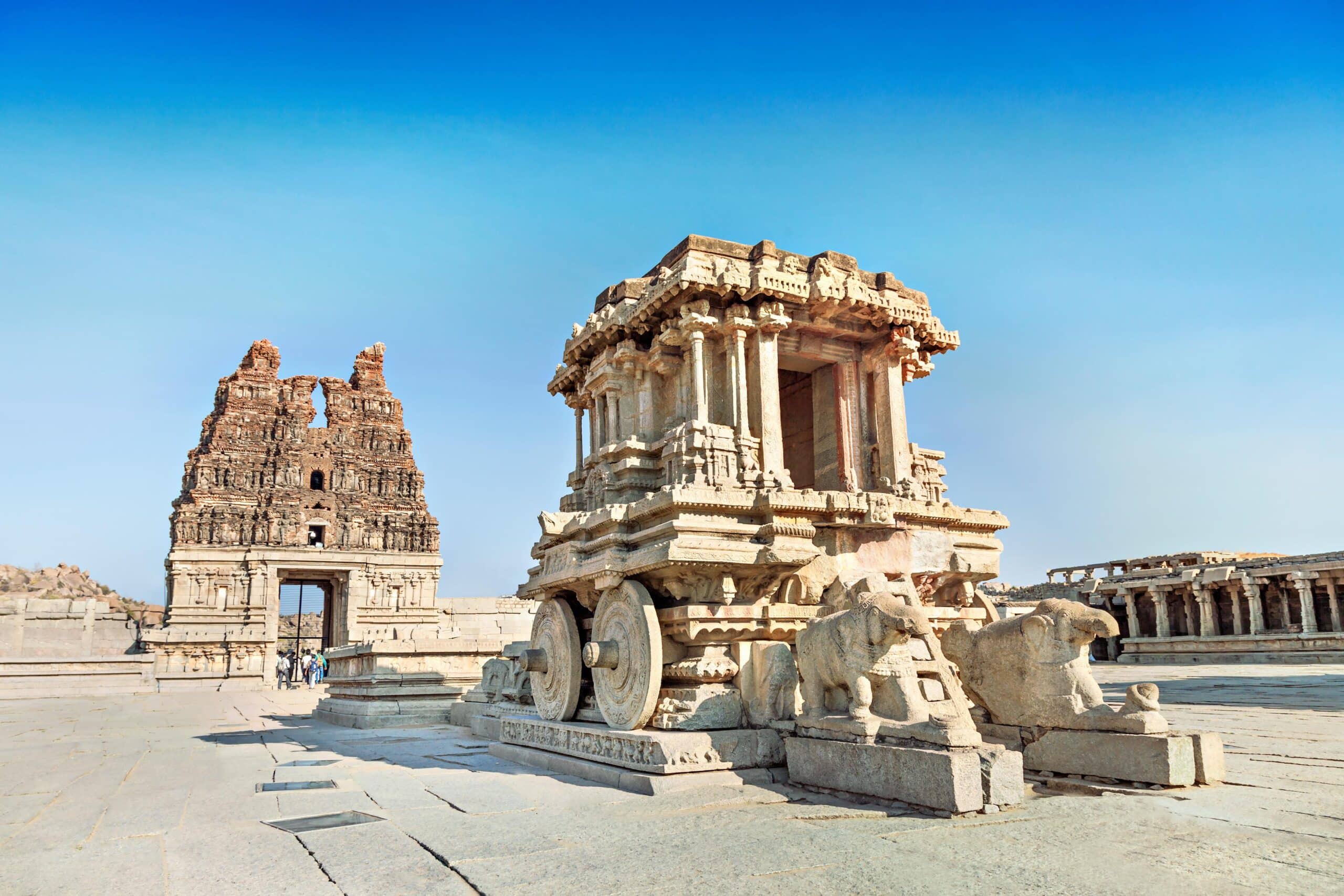
Surrounded by a surreal landscape of giant boulders, the ruins of Hampi tell the tale of a once-mighty kingdom that thrived from the 14th to the 16th centuries. Magnificent temples, palaces, and marketplaces stand as a reminder of the empire’s artistic prowess and cultural achievements.
3. Khajuraho: Temples of Love and Eroticism
The temples of Khajuraho, adorned with intricate sculptures, depict a unique blend of spirituality and sensuality. These UNESCO-listed structures, built between the 9th and 11th centuries, showcase the architectural brilliance of the Chandela dynasty.
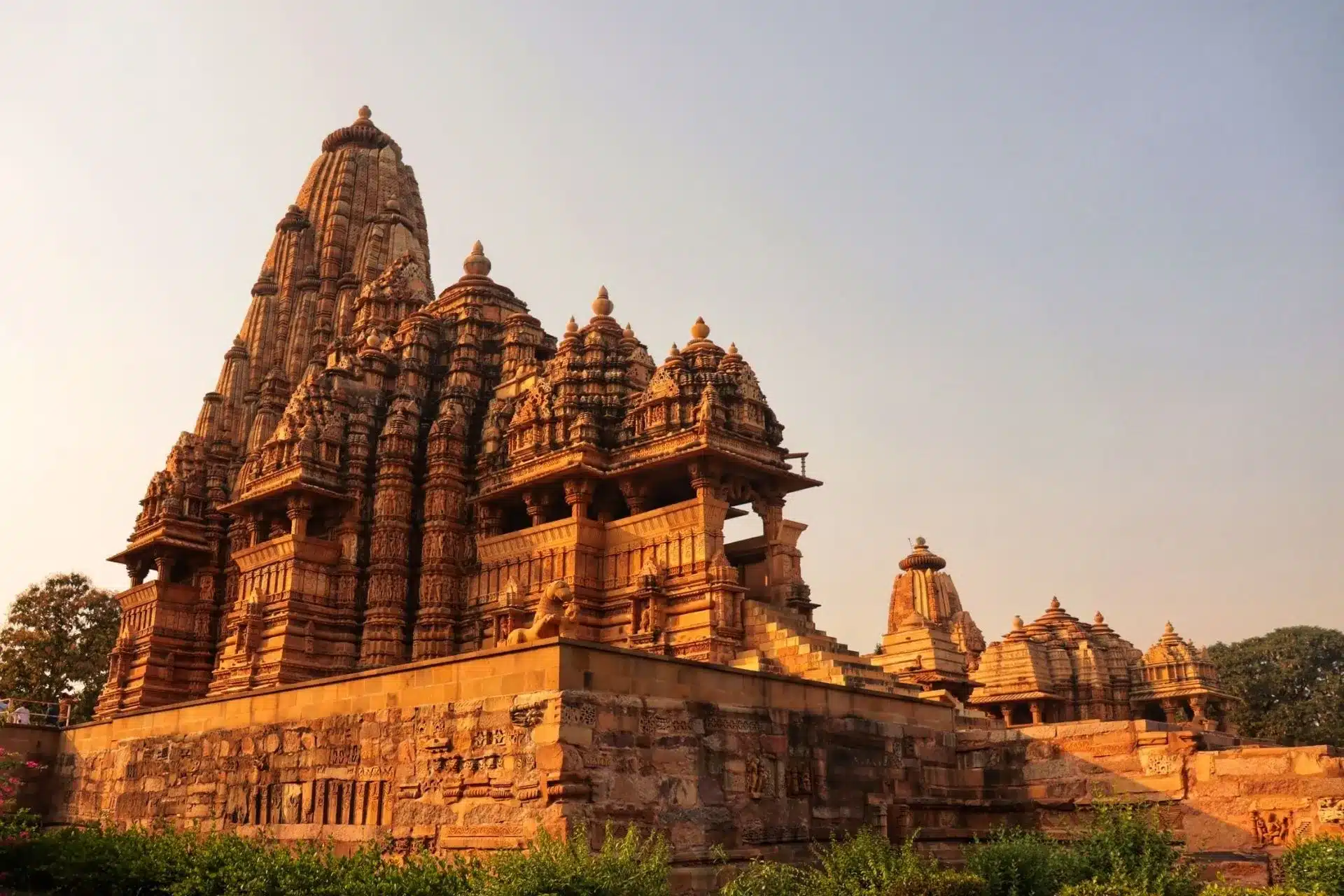
While the intricate carvings are often associated with erotic art, they also symbolize the celebration of life, love, and devotion.
4. Mohenjo-daro: The Indus Valley Enigma
Mohenjo-daro, an archaeological site in present-day Pakistan, is a window into the ancient Indus Valley Civilization.
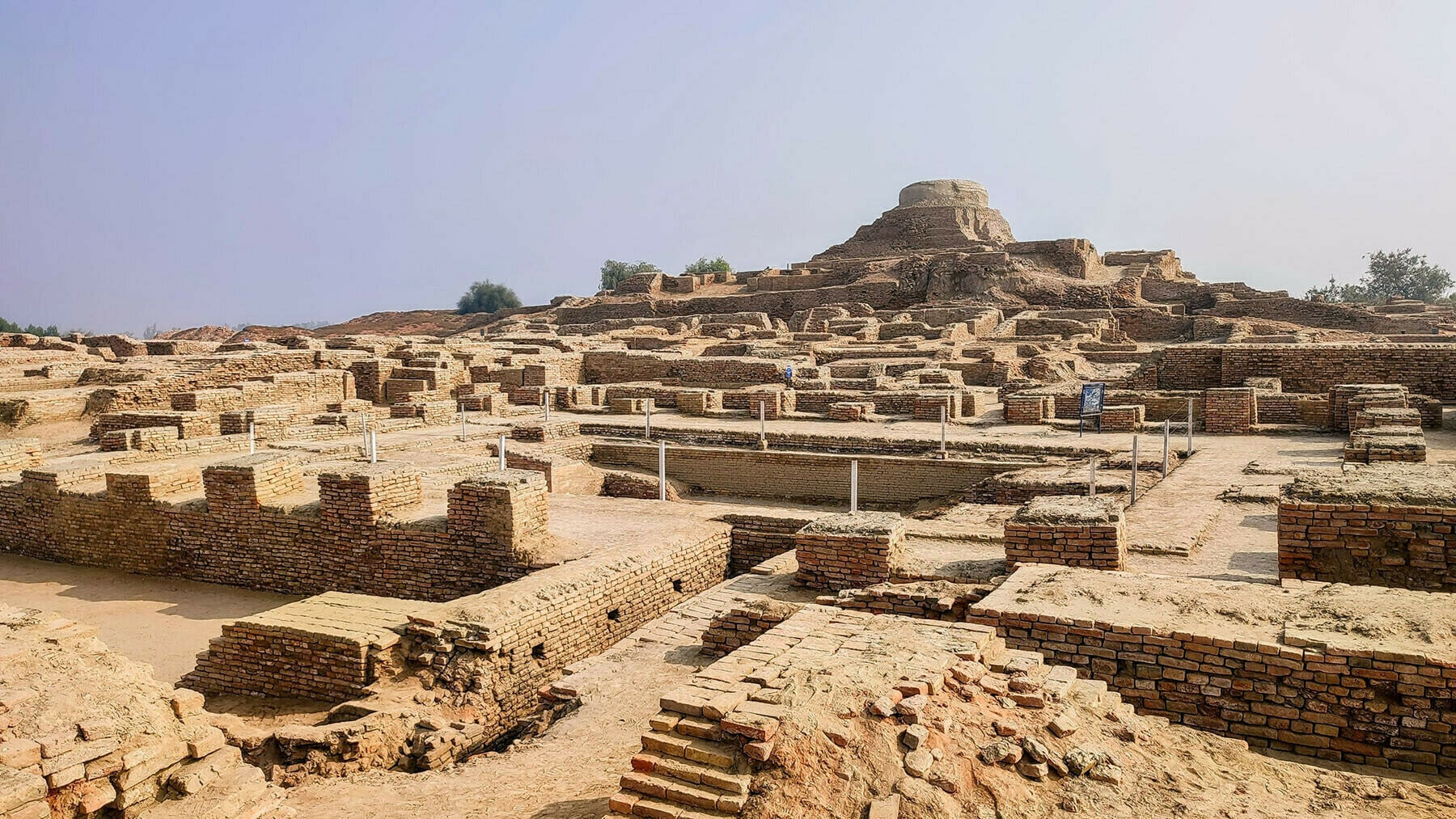
This remarkable city, dating back to around 2600 BCE, offers insights into the urban planning, advanced drainage systems, and trade networks of its time. The ruins give us a glimpse into the lifestyle and culture of a civilization that thrived in harmony with nature.
5. Agra: The Majestic Mughal Capital
Agra, synonymous with the iconic Taj Mahal, was the capital of the Mughal Empire during its zenith. While the Taj Mahal stands as a symbol of eternal love, Agra Fort and Fatehpur Sikri further illustrate the Mughals’ architectural prowess.
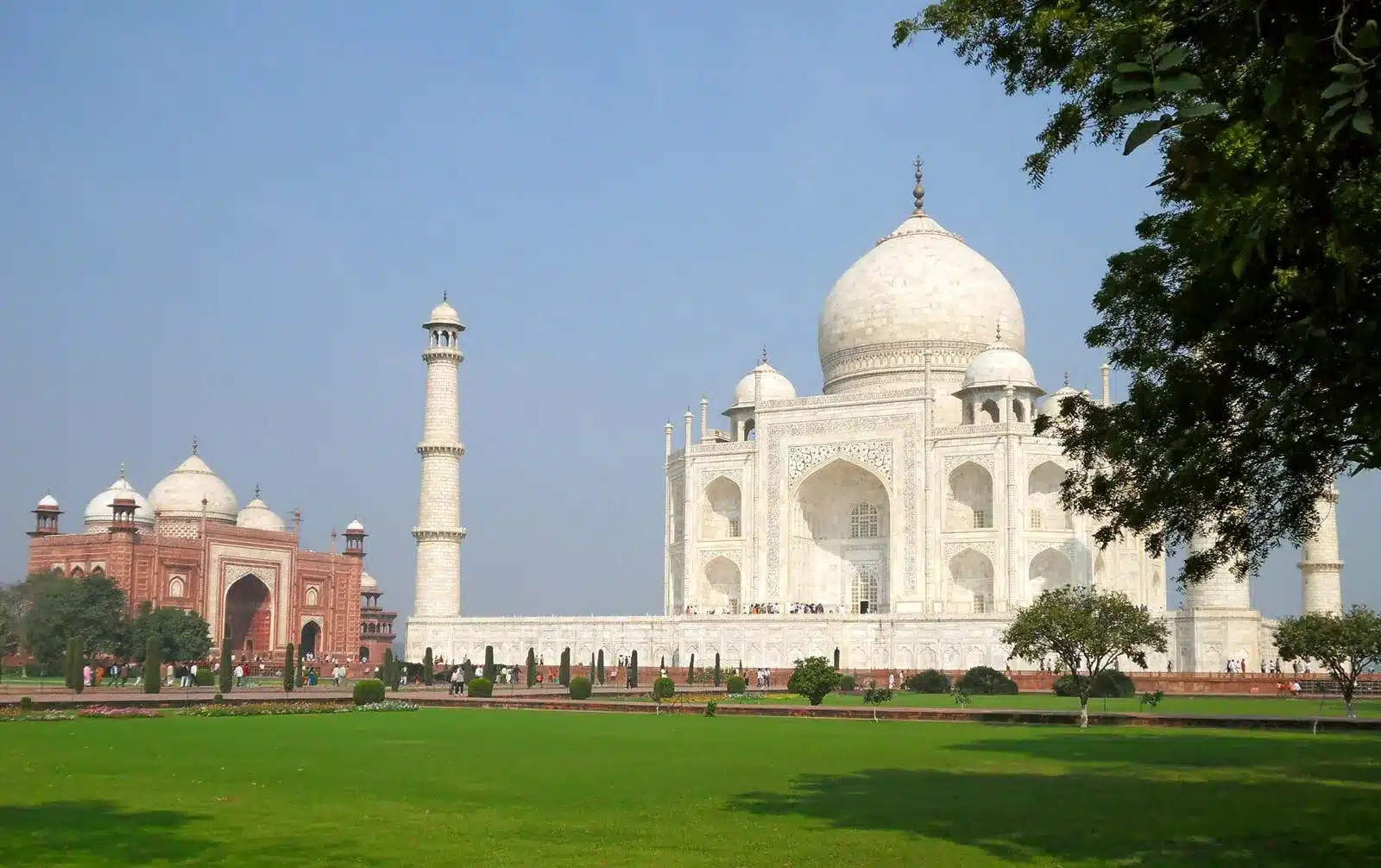
These structures, dating from the 16th century, showcase the fusion of Persian, Indian, and Islamic architectural styles that defined the Mughal era.
6. Patan: Where Heritage Meets Artistry
Patan, located in Gujarat, is renowned for its intricate step wells, traditional handicrafts, and architectural marvels.
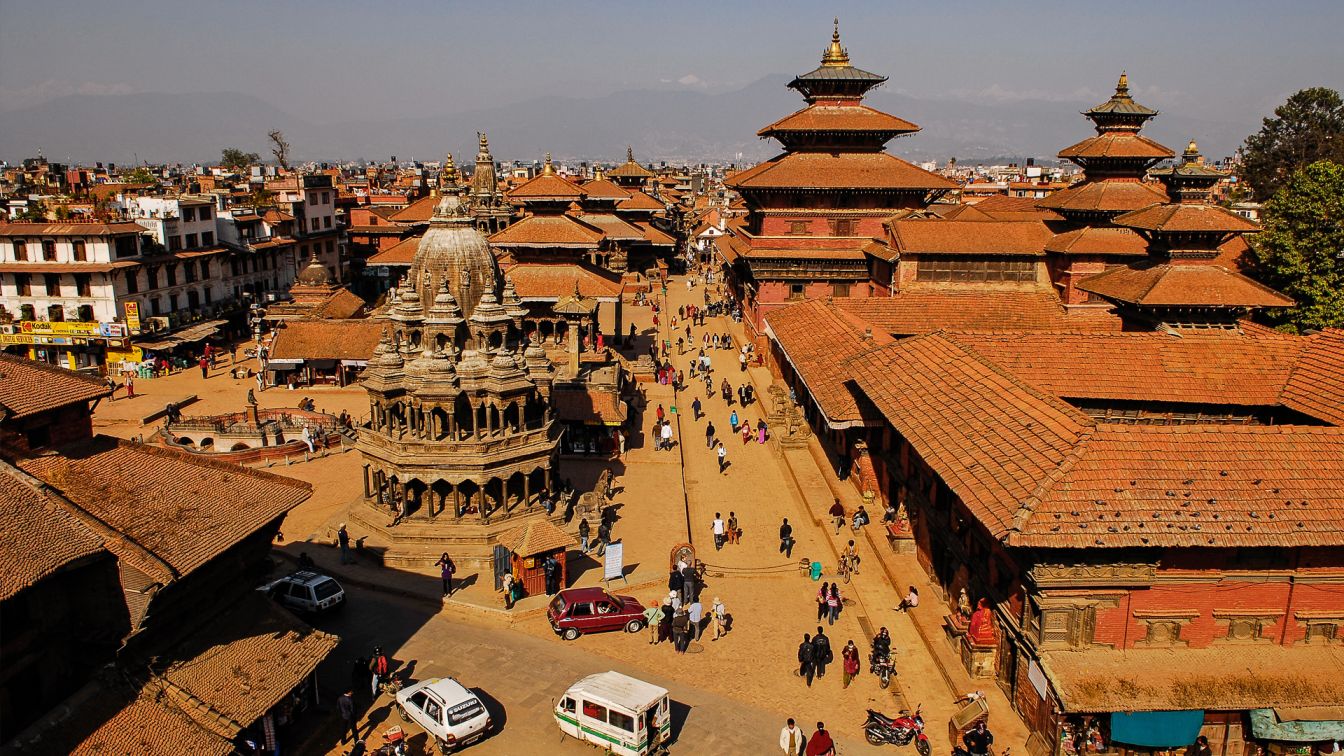
The Rani Ki Vav, a UNESCO site, is a remarkable example of a step well adorned with intricately carved sculptures. Patan’s historical significance and artistic heritage are a testament to the region’s vibrant past and its role as a center of art and culture.
Conclusion-
Exploring these six ancient cities is like turning the pages of a living history book. Each stone, temple, and alleyway holds stories of triumphs and trials, cultural exchanges, and architectural wonders. These cities transcend time, inviting us to contemplate the passage of millennia and the indelible impact of human endeavors on the Indian subcontinent.
As we wander through the bustling streets of Varanasi, gaze upon the monumental ruins of Hampi, and marvel at the intricate carvings of Khajuraho, we are not just tourists; we are participants in a journey through time, piecing together the mosaic of India’s captivating narrative. These ancient cities are not just monuments; they are the living threads that connect us to the roots of a civilization that continues to inspire and shape the nation’s identity.
ALSO READ: 6 Best Places To Visit In Hampi
Unforgettable Food Journeys: 10 Must-Try Dishes From Different Indian States


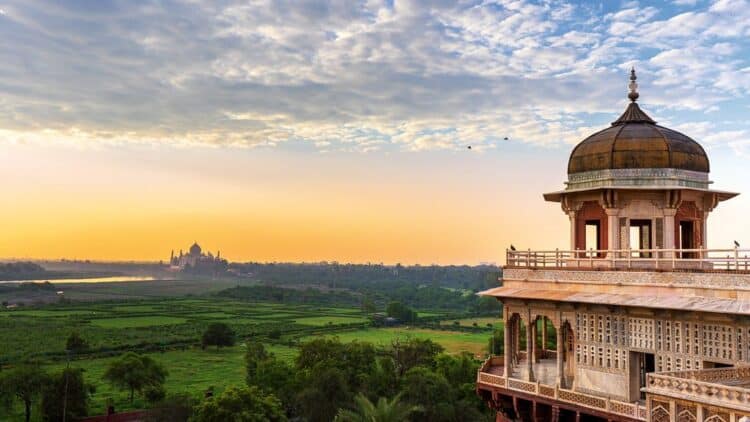



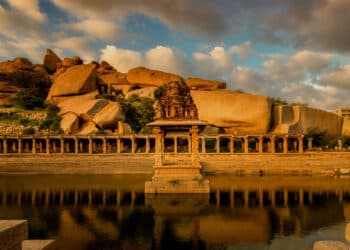
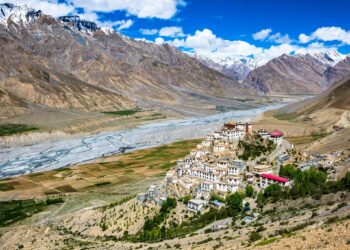








Comments 1